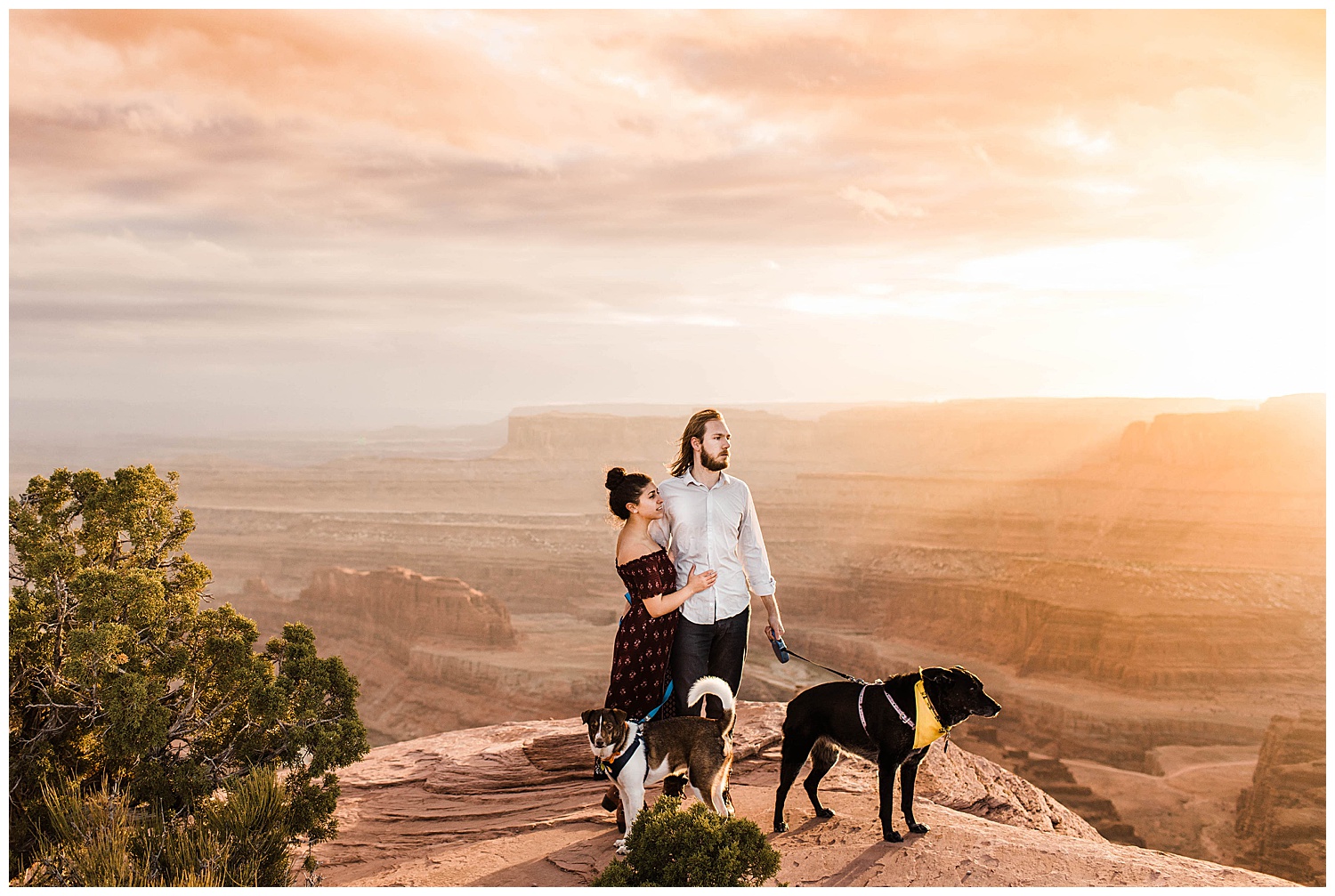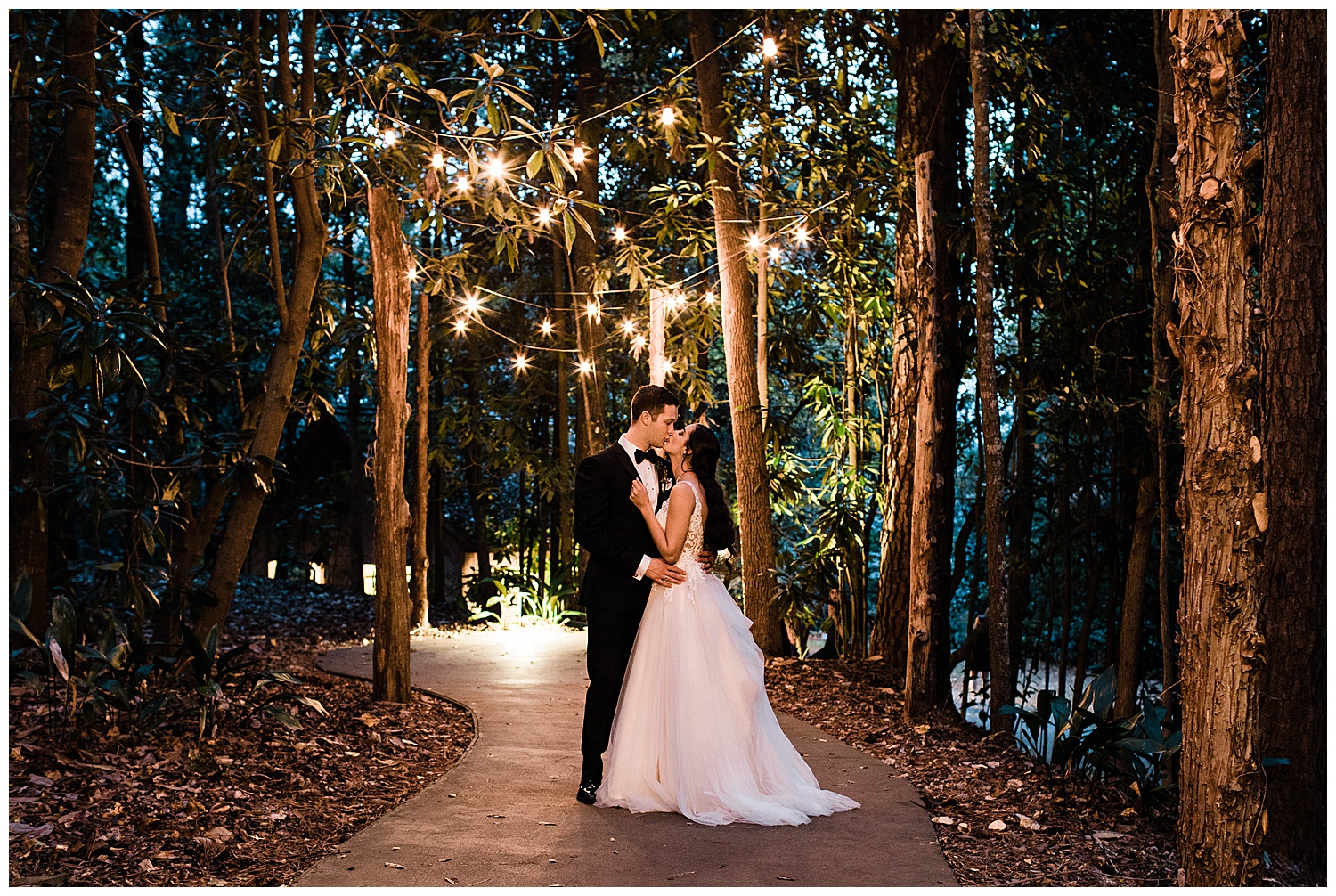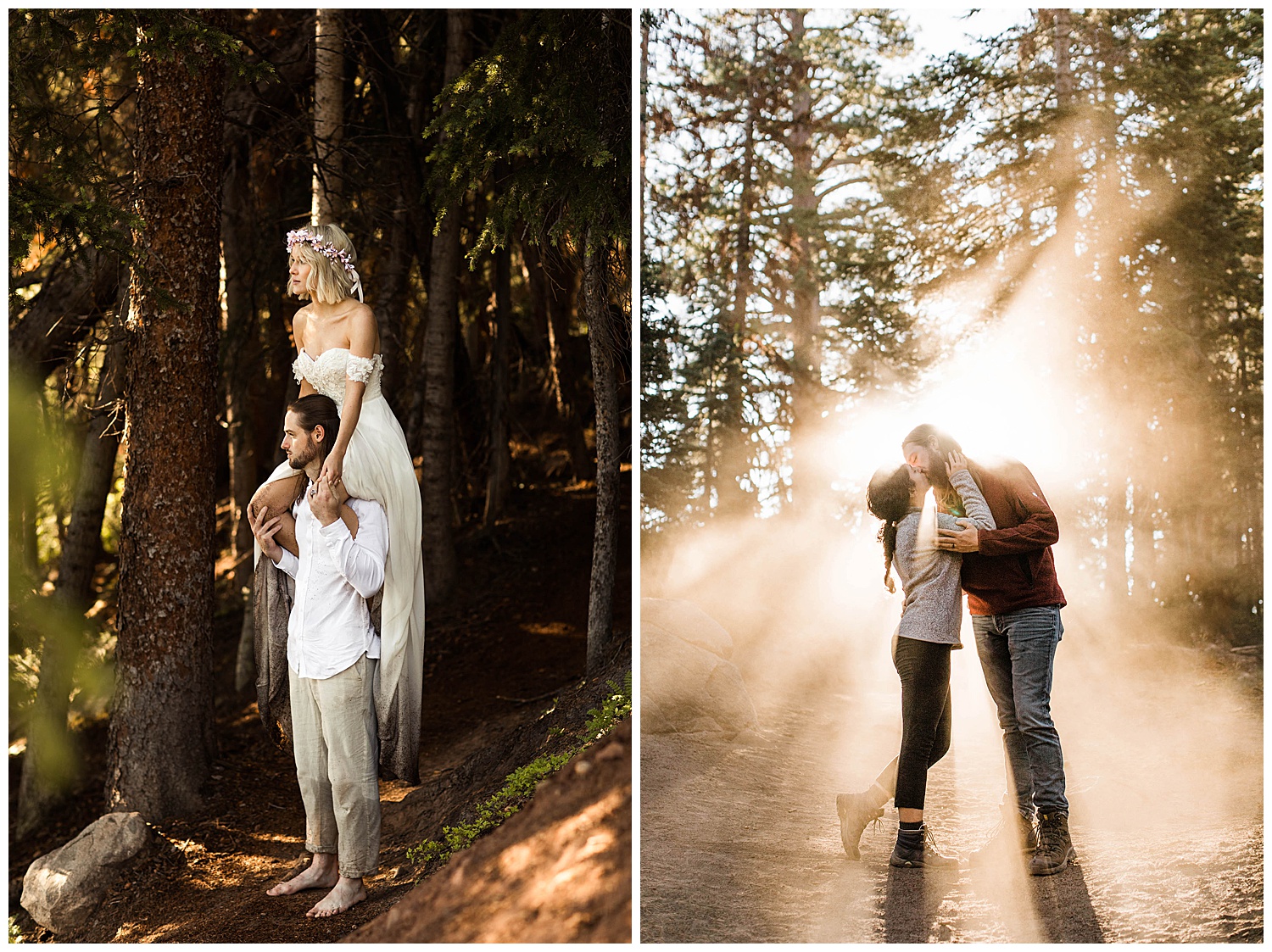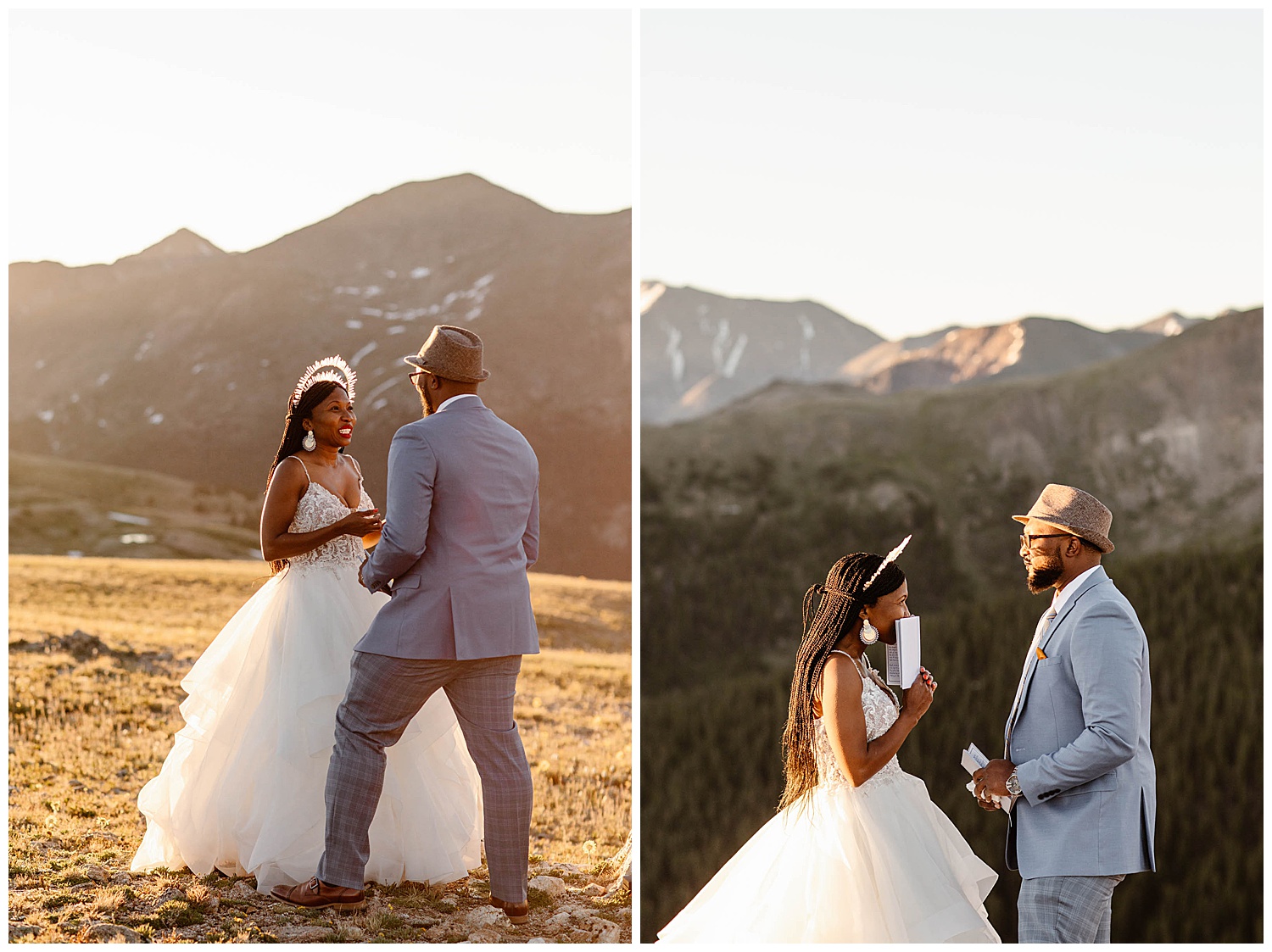
You ALWAYS need a portfolio to showcase your photography skills. Here’s a quick refresher on how to make an impactful photography portfolio!
When I graduated from college and was job hunting, I never left home without two things…my killer blue suit and my leather-bound portfolio. My first work portfolio was a leather folder with pockets and a zipper and everything. Both the suit and leather portfolio are hopelessly outdated now, but they need to show off my work is not. So, let’s talk about how to create a photography portfolio and why it’s still relevant in 2021!
Build a Beautiful Business.
A great photography portfolio never goes out of style
A photography portfolio is a collection of your best work demonstrating your skill and style. Whether you’ve been in business for a year or five years, you need a place to showcase your talents. That collection can be online, printed, and toted around in a kicky briefcase (ala Teresa in 1999), or printed and carried in something more modern.
Most of the time, we want to create a portfolio to show to prospective clients or employers. You might also want a portfolio to enter a competition. The specifics of how many images to include or how to display them will be dictated by the competition rules, but the general idea is the same….you’re showing your best work.
I recommend creating your online photography portfolio first, simply because it’s so easy to share it with a wide variety of people. An online portfolio is also much easier to keep updated.
If you find yourself in need of a tangible, printed portfolio, you can always have the images printed later (more on that below!)

Sheena Shahangian Photography
Do I really need a photography portfolio? Isn’t my social media site enough?
Yes and no, in that order. Yes, you really need a portfolio. No, social media isn’t enough.
A portfolio collects all your best work in a single place and makes it really simple for potential clients to see what you have to offer. A stand-alone portfolio also:
- Organizes your work into relevant categories
- Makes it easy to find your best work within a click or two
- Showcases your work at the resolution/size you choose
- Keeps your potential client focused on your work instead of getting lost in the weeds of social media
- Is accessible to people NOT on social media
- Can help contribute to your site’s SEO (if you care about that stuff)
Social media is a great tool, but it’s not the best way to show off your work. You want to keep your best work front and center AND make it easy for prospective clients to see. A social media feed just can’t do that.

Sheena Shahangian Photography
How to keep your photography portfolio relevant
Raise your hand if you have an online portfolio but don’t update it regularly. Go ahead. I won’t judge because up until a few months ago, the last time I updated my portfolio was almost two years ago. Two years!
Keep your photography portfolio relevant by keeping it updated.
Use relevant technology
Is the technology or site that hosts your portfolio still the best way to display your body of work? Flash-based portfolio sites were really popular several years ago. Now, compared to modern web design, Flash can feel clunky and outdated.
Use timeless images
Show how much you’ve grown. Make sure that every few months, you review your portfolio and include the very best of your best work and imagery that shows off your skills. Show some variety within your images. Makes sure you show different angles, focal lengths, perspectives, etc.
If you shoot different genres of photography, such as families, seniors, and weddings, you’ll want to create a portfolio of EACH of those general genres. That way, clients don’t get confused seeing boudoir photos followed by pet photos or senior photos mixed in with food pictures. If you’ve added new services or niched down to just one or two genres, your portfolio should reflect that, too!
And finally, include different subjects. A portfolio with multiple subjects demonstrates a breadth of experience.
Get clients. Get paid. Get happy.
It’s important to keep your portfolio updated because it shows potential clients your current style, current skills, AND that you pay attention to details. Outdated or irrelevant work may leave clients questioning your competence and the demand for your services.
Where to host your online portfolio
If you’ve made it this far into your career and don’t have a portfolio yet, it’s time to change that. Or maybe your portfolio has been “good enough,” but now you need a change. Where can your very best work live so all can see it? You have a few options:
- Your business website
- A gallery hosting website
- A third-party photo portfolio website like Flickr or 500pix
Putting your portfolio on your website makes the most sense. You’re already paying for it, and you have complete control over how the images are organized and displayed. Plus, it’s a logical space for prospective clients to search for your work.
If you don’t have a business website, a gallery hosting site like Shootproof can also house your portfolio. You can create galleries for each genre and sort the photos in the order you want. And if you create price sheets and link to a lab, you can offer those images for sale, too! Remember, a client may want to see a “whole session” or a “whole wedding,” so it’s great to have a sample ShootProof gallery that you can share with a prospective client.
If you are just getting started and don’t have a website or gallery hosting app, consider something like Flick or 500 pix. You lose some control and can’t take advantage of all the SEO benefits of your own website. But it’s still a way to show off that stunning imagery you’ve been working so hard on!

Sheena Shahangian Photography
How many pictures should you have in your portfolio?
The general rule of thumb for the number of images in your portfolio is 10-15 photos. It’s okay to have a few more or a few less. But you shouldn’t overwhelm or bore potential clients. Remember, that’s for each type of work. So your website might have 45 images: 15 each for families, newborns, and weddings.
Start with ALL your favorites and whittle it down from there. My college advisor gave me this advice and I’ve found it works really well.
Gather your 40-50 favorite images first. Don’t worry about the exact number, just grab what you initially feel is your best work. Next, narrow those down to 20-25. Then, cull those images again until you reach your target of 10-15 images.
Identify your strengths and weaknesses
Starting with more images than you need gives you a chance to look at your body of work as a whole and identify your strengths or weaknesses. It also helps you build the strongest group of images. Remember, you want to show variety! If you look at your top 15 shots, and they’re all girls and no senior boys, you can always swap out some of the girl shots for your best guy images.
Review those final images from a lens of relevance, too. Eliminate any featuring outdated trends. Ensure your body of work reflects your current clientele and style.

Sheena Shahangian Photography
Fill in the gaps with new images
If, after you’ve compiled your portfolio you find you have some holes, fill them! Remember your portfolio should showcase your work AND what you want to shoot.
How do you get the images you need? You can:
- Ask friends or family to model for you
- Run a model call for complimentary or discounted sessions
- Hire models
- Participate in a styled shoot
- Take a workshop
- Shoot for free for a worthy cause, such as a charity or nonprofit
- Second shoot for another photographer
I think asking family and friends to participate in a session or using models (amateur or professional) works well by adding portrait images to your portfolio.
A styled photoshoot, on the other hand, is a better solution when you need additional wedding or event imagery. A bridal-styled shoot will simulate an actual wedding, allowing you to get couples’ photos, detail shots, close-ups of the bride, etc.
Workshops are another great opportunity to build your portfolio that often gets overlooked. Most in-person workshops give participants the chance to do hands-on photography. Use the expertise of the presenters to create portfolio-worthy images!

Sheena Shahangian Photography
Tips for creating a pro-level portfolio to impress clients
#1: Show what you want to shoot
Your portfolio should showcase the best of what you have to offer. But it should also show the type of photography you WANT to shoot and what you want clients to invest in.
For example, if you are a newborn photographer and want to offer only lifestyle images, don’t include a bunch of posed, highly edited newborn images. Likewise, if you want to be exclusively a wedding photographer, your portfolio should only include weddings.
#2: Stay on brand
Your portfolio should reflect your brand. The point of a portfolio is to show clients what they can expect if they hire you. My brand is catered toward clean edits and celebrates rural families and lifestyles. Having a portfolio of dark and moody images set in downtown Denver isn’t keeping with my brand.
#3: Be ruthless
You want the strongest, most powerful images possible. So be ruthless in your selection. Try to separate your feelings of the client or session and focus on the quality of your images. Put the show stoppers in your portfolio and use the other wonderful photos for social media or marketing.
#4: Get a second opinion
Seek feedback from other professional photographers about your portfolio! Ask a photographer friend to go through it with you and provide input. Submit some to your photography club. Or pay for a professional evaluation. Some professional organizations offer this service for a price or ask your mentors if you can pay them for their time.
#5: Update your portfolio as your skill grows
Your portfolio shouldn’t be a one-and-done event. It needs constant tending! Add new images as your skill grows and you refine your style.
Identify your best work as you edit. Create a “Portfolio” collection in Lightroom, or export your strongest images from each session to a folder on your hard drive. Every few months, pull up that folder and evaluate the new images against the rest of your portfolio. This ensures your portfolio stays current and speeds up the process of finding your best work!
#6: Know your audience
Curate the photos in your portfolio with your audience in mind. An online portfolio to attract potential clients will look different than a portfolio you send in for a competition, to a magazine, or to a specific client.
For example, I was recently approached by a western clothing store brand to become a brand ambassador photographer. I developed a portfolio specifically for their brand with images focused on rural clients in western attire. That set of photos was slightly different than what I have online on my website.
And sometimes, you’ll want to break the rules for a strategic reason. I’ll include images of prominent local personalities in my portfolio, even if it’s not my absolute best work. They are community influences and potential clients are often prompted to book me when they know someone they like and admire uses my services.
#7: Take control to get the images you need
If you have a specific vision for an image to build your photography portfolio, make it happen! Don’t be afraid to control the details so you get the image you want! This might mean hiring models, renting gowns or clothing, accessorizing clients, or renting a specific location or prop.
What do I mean? If you want to break into the high-end senior photography business market, you need to show high-end senior photos. Create those images by finding models who are comfortable in front of the camera. Provide them curated clothing that compliments your brand. Feel free to choose the location, date, time of day and make that vision happen!
#8: Don’t forget about SEO
Google, and other search engines, like text. True, your portfolio should feature your gorgeous images, but don’t neglect the text on your portfolio pages. Adding relevant keywords to your portfolio pages helps clients find you through search engines.
Alt-text should be added to every image in your portfolio as well, so they are SEO-friendly, too.
The whole point of a portfolio is to show off your work. Help make it as easy as possible for people to find you!
#9: Use high-quality prints when necessary
If a job, contest, or client requires a printed portfolio, use high-quality prints. This isn’t the time to cheap out and go for the drug-store self-printer or your home printer. Ensure your work looks its best by using the best printers.
When it comes to what size prints to include in your portfolio use, first follow the submission guidelines. If they don’t specify size, print them as large as is reasonable for how they’ll be displayed. A 3.5×5″ print isn’t going to wow many people.

Sheena Shahangian Photography
Get to work!
Every professional photographer needs to know how to create a photography portfolio. But more than that, you need to actually do it! Organize your work into a few simple categories, then start compiling your very best work. Show clients exactly what they’ll get when they book you for a photoshoot!
Start your free trial with ShootProof
Written by TERESA MILNER | Photographs by SHEENA SHAHANGIAN PHOTOGRAPHY

